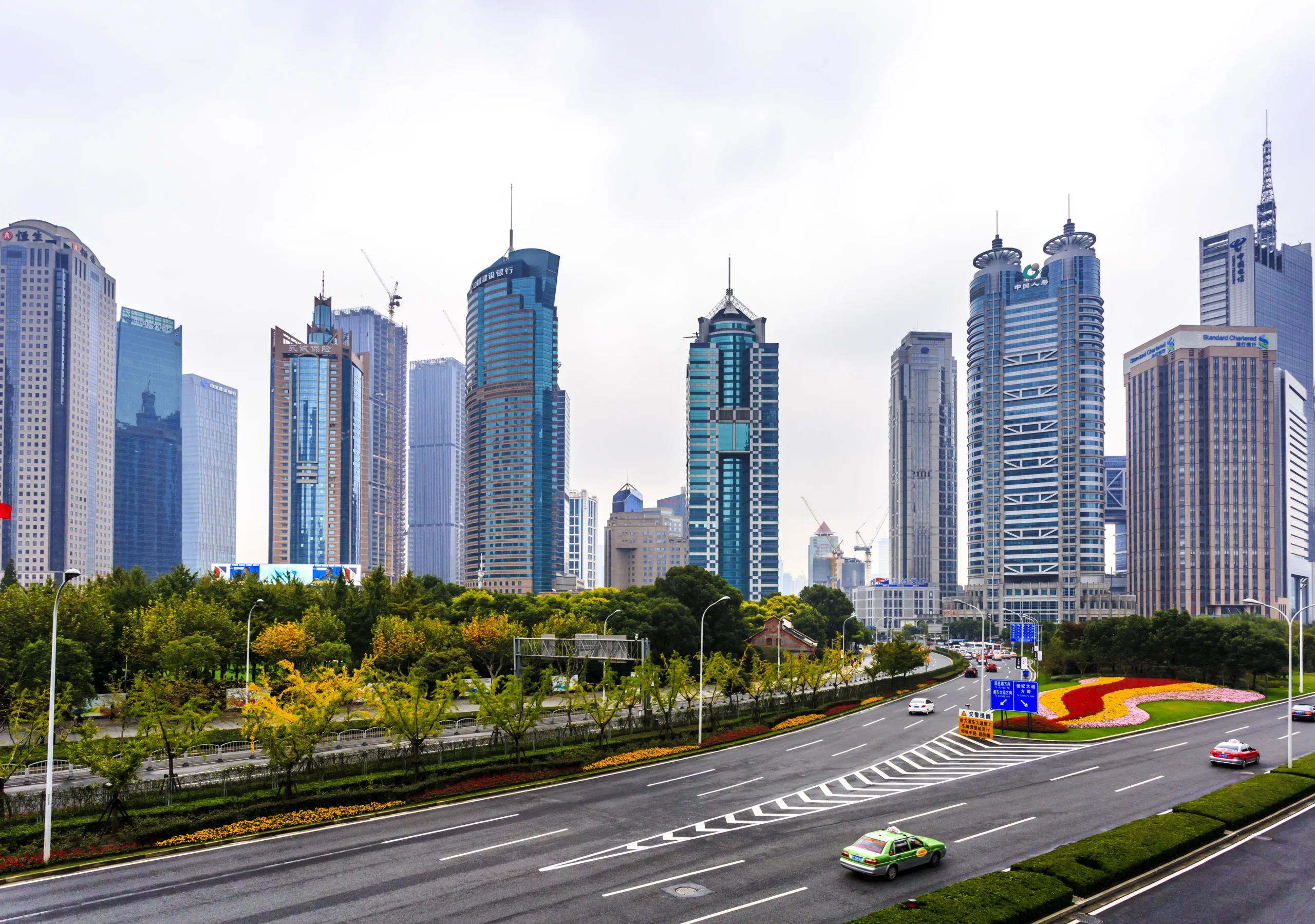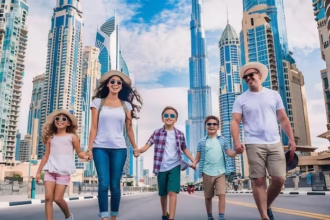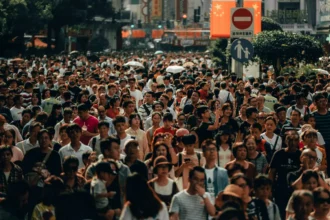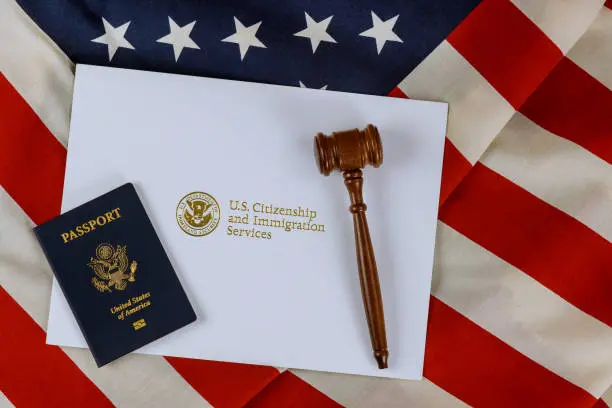October 9, 2025 | Dubai, UAE: The city embarks on a journey to incorporate the Abu Dhabi urban development plan, which is valued at 42 billion dirhams. This initiative aims to reduce the reliance on vehicles and make the city more pedestrian-friendly. Under this change, the city plans to develop car-free connectivity across different areas by building footpaths, public infrastructure, and community transport. As part of the liveability Strategy, institutions plan that this shift will enhance the quality of life, reduce congestion, supplement healthy lifestyles, and maintain cohesion among citizens.
What does the Abu Dhabi Urban Development Plan include
Key to the initiative are the developments that make daily life more convenient without an automobile. Features like gardens, lawns, schools, and prayer facilities will be in the near vicinity, bringing daily necessities within closer distances. The initiative includes walking paths and cycling tracks with comprehensive lighting to make the moment secure, especially at night. There are more than 200 gardens and sports facilities, including schools, mosques, and community spaces, that have been created. Community development will also include the decoration of the places to encourage gatherings and interactions.
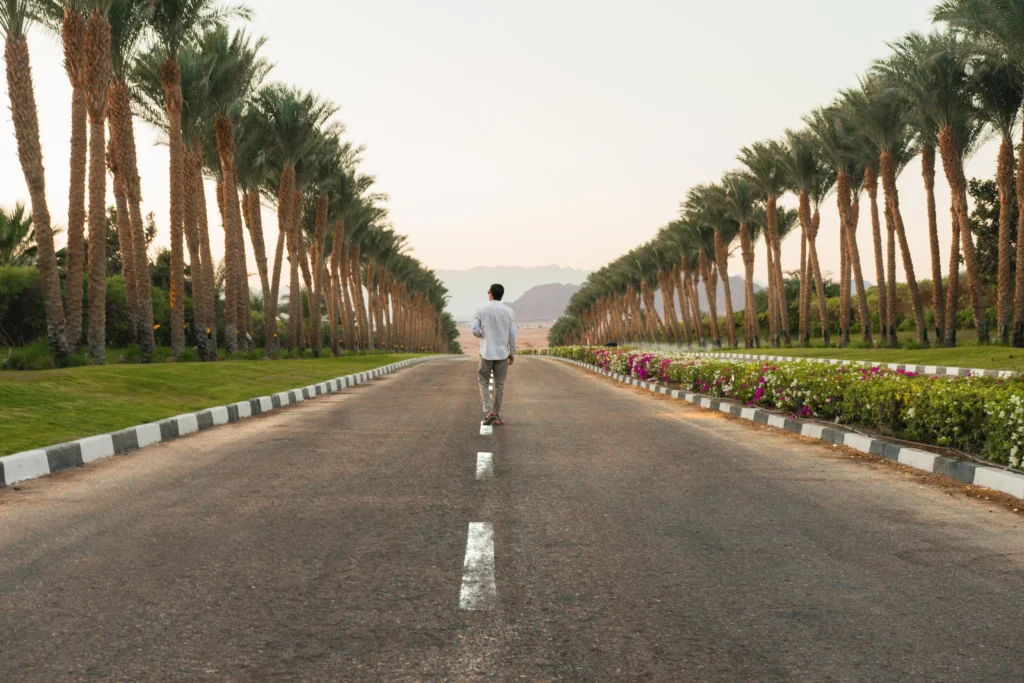
Another salient element is flawless connectivity. The connections are developed in a way that the neighborhoods are joined together rather than facing isolation. Necessities that were car-based will now become convenient through walking, public transportation, or smaller vehicles. Individuals can get their daily crucial necessities within a close range. It will also reduce the travelling time, reliance on automobiles, and boost the initiative for a sustainable living space.
Effect on Residents: Health, Sustenance, and Cohesion
With moderate walking options and Abu Dhabi car-free connectivity, the initiative is expected to bring out numerous advantages for the city’s residents. From a health perspective, more footpaths and architecture help physical fitness, decrease the incidence of diseases, and rejuvenate people. Residents also witness changes where gardens and pedestrian paths are being built within neighbourhoods, helping families and groups reconnect and enjoy leisure.
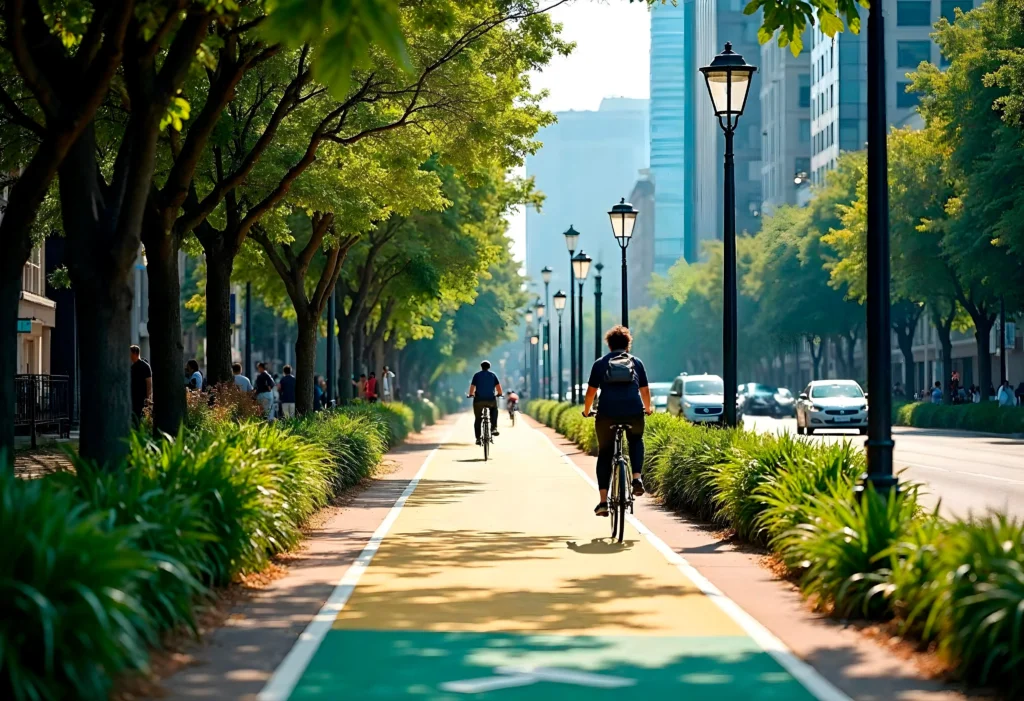
From an environmental perspective, reducing dependency means lower carbon emissions, reduced air pollution, and less traffic. Planting more trees will help tackle the searing weather and provide fresh oxygen. From the social sector, closeness to schools, religious places, and community spaces develops unity, sovereignty, and strengthens bonds. It also sustains equality and inclusivity within neighbourhoods.
Disadvantages and Implementation: What Needs to Change
Under the Abu Dhabi Urban Development Plan, planning the Abu Dhabi car-free connectivity becomes a task for the city’s weather, structure, and urban areas. Fearing heat in the months may decrease the idea of walking unless there are cooling architectures and secure pedestrian patterns, ensuring that the paths are always clean, shaded, and have healthy water facilities will be crucial. Investment is also a necessary element.
The expansive scale of pedestrian paths, cycling trails, and cleaning will require thoughtful and calculated plans in organizing, managing, and creating. Institutions must cooperate across several jurisdictions, including interior designers, traffic authorities, and retail providers, to reduce delays. Another disadvantage is citizens’ behavior. Many citizens are used to using vehicles for shorter trips.
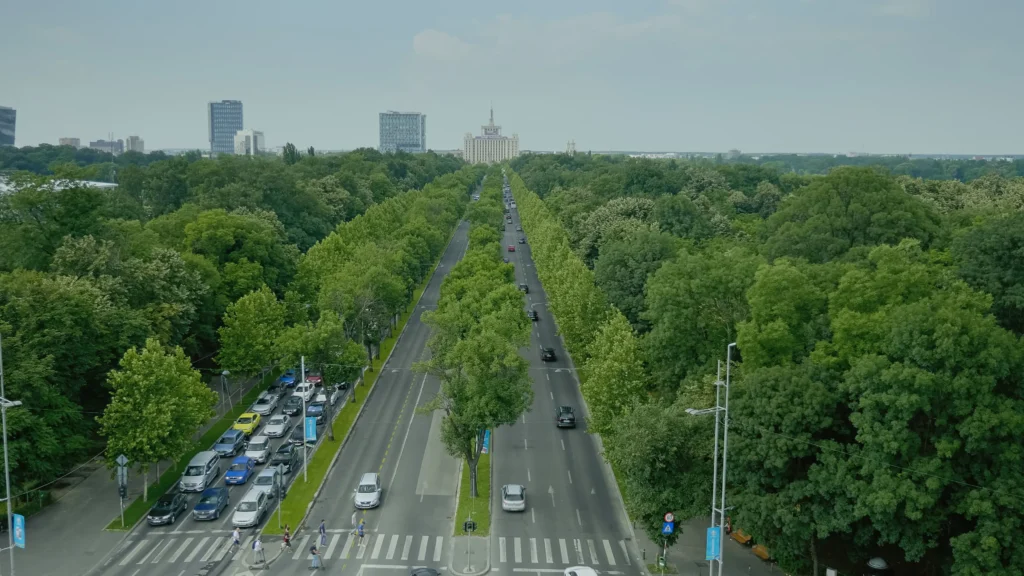
The Abu Dhabi urban development plan, fixated on Abu Dhabi car-free connectivity, sounds promising for the environment, healthy living, and sanitation. Creating a billion dirham project and developing gardens, trails, and community spaces. The city plans to redefine how its citizens sustain, live, and communicate with one another. If executed properly, the initiative can decrease congestion, improve public sanitation, and strengthen bonds. The future of the city is one where localities are interconnected, services are swift, and dependency diminishes-not just an ideal but a thoughtful initiative toward a sustainable capital.
Read More: Drone Deliveries in Dubai to Cover 30% Delivery by 2026, Targeting 70% Expansion in 5 Years


